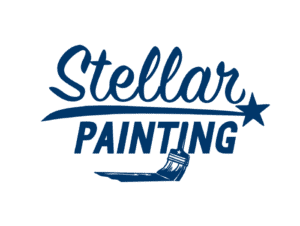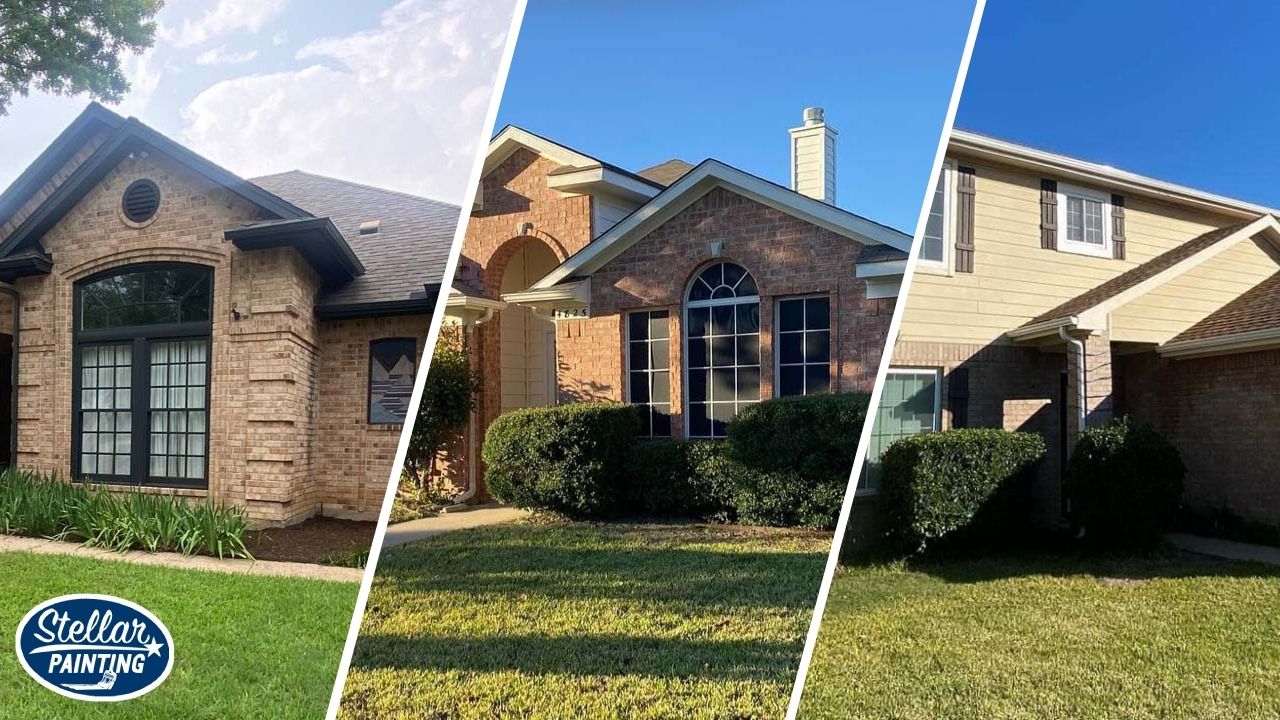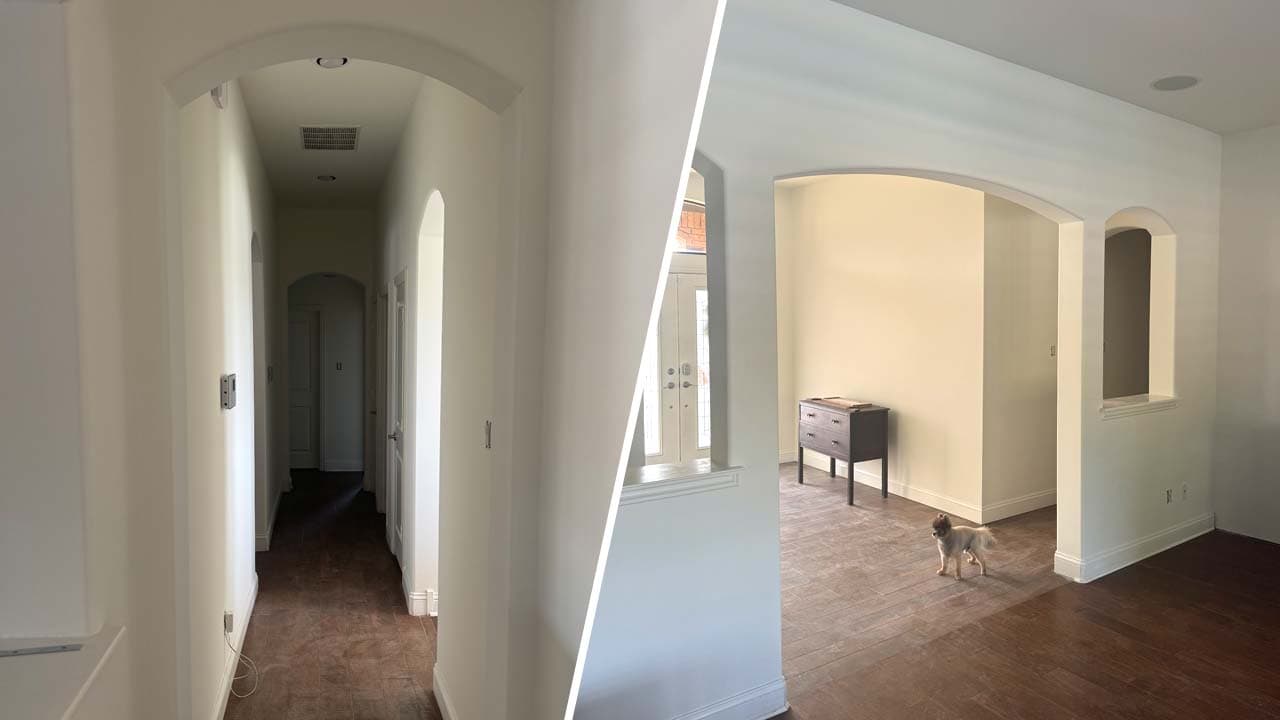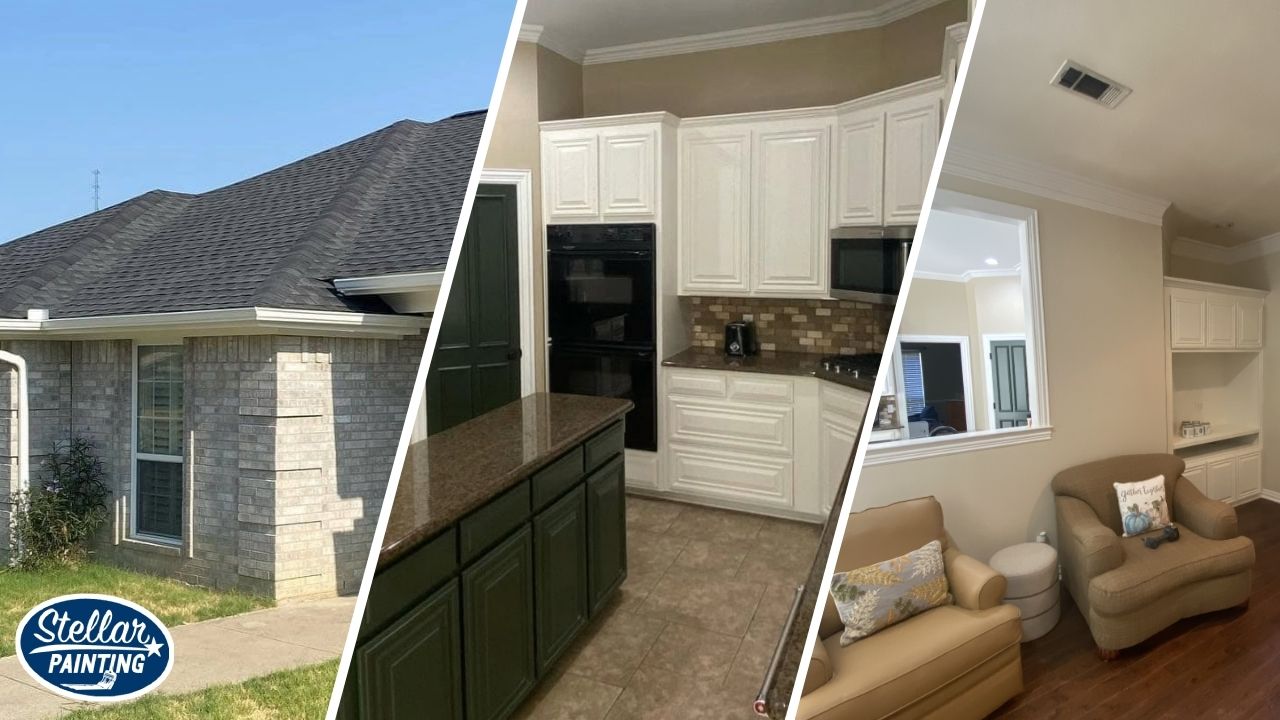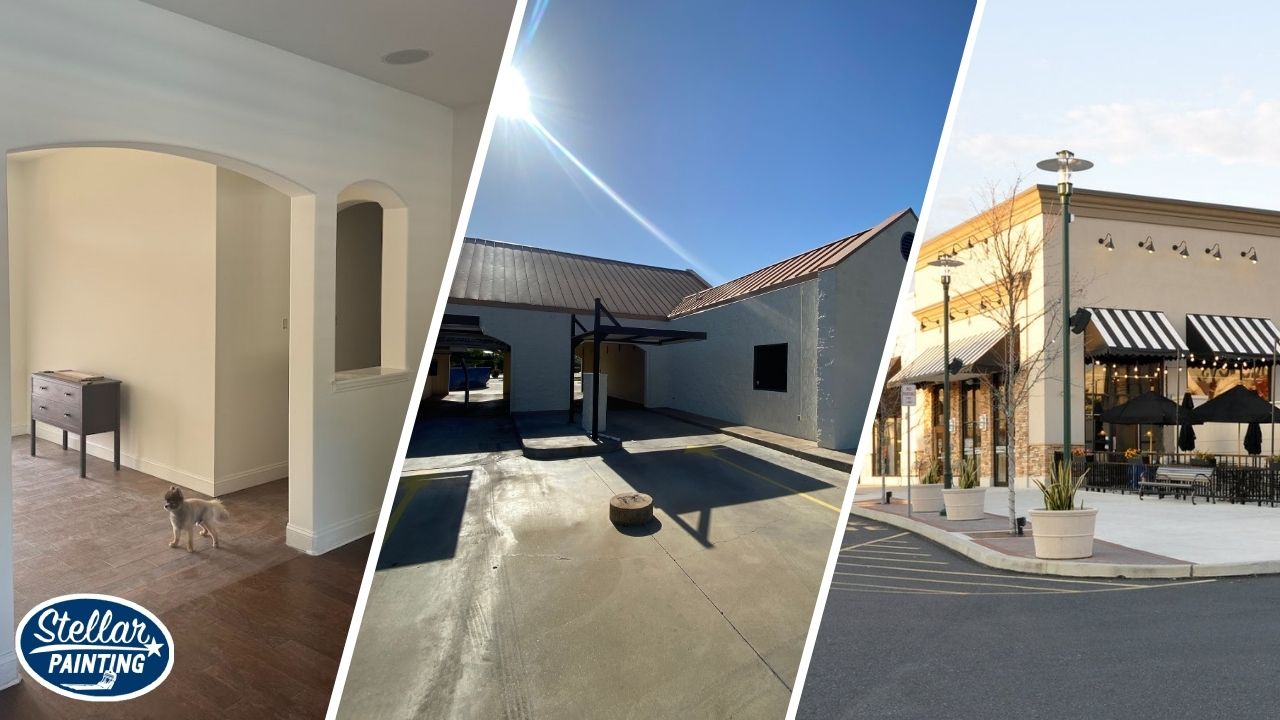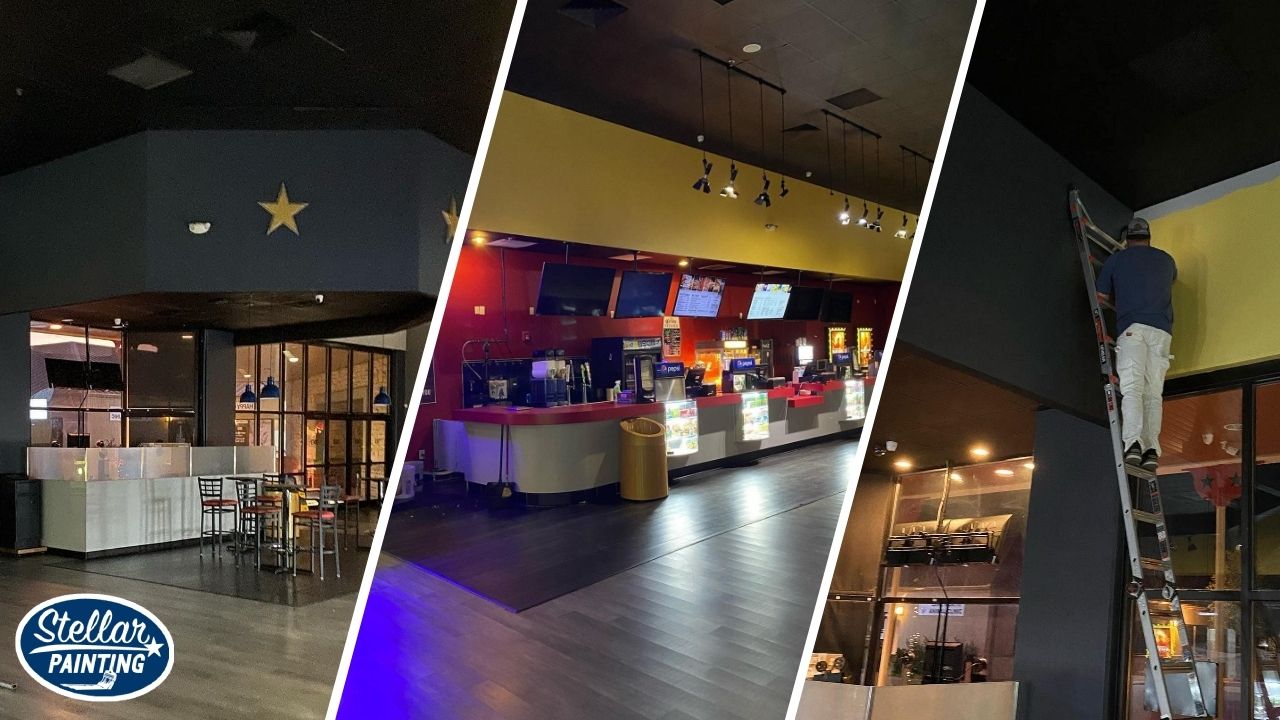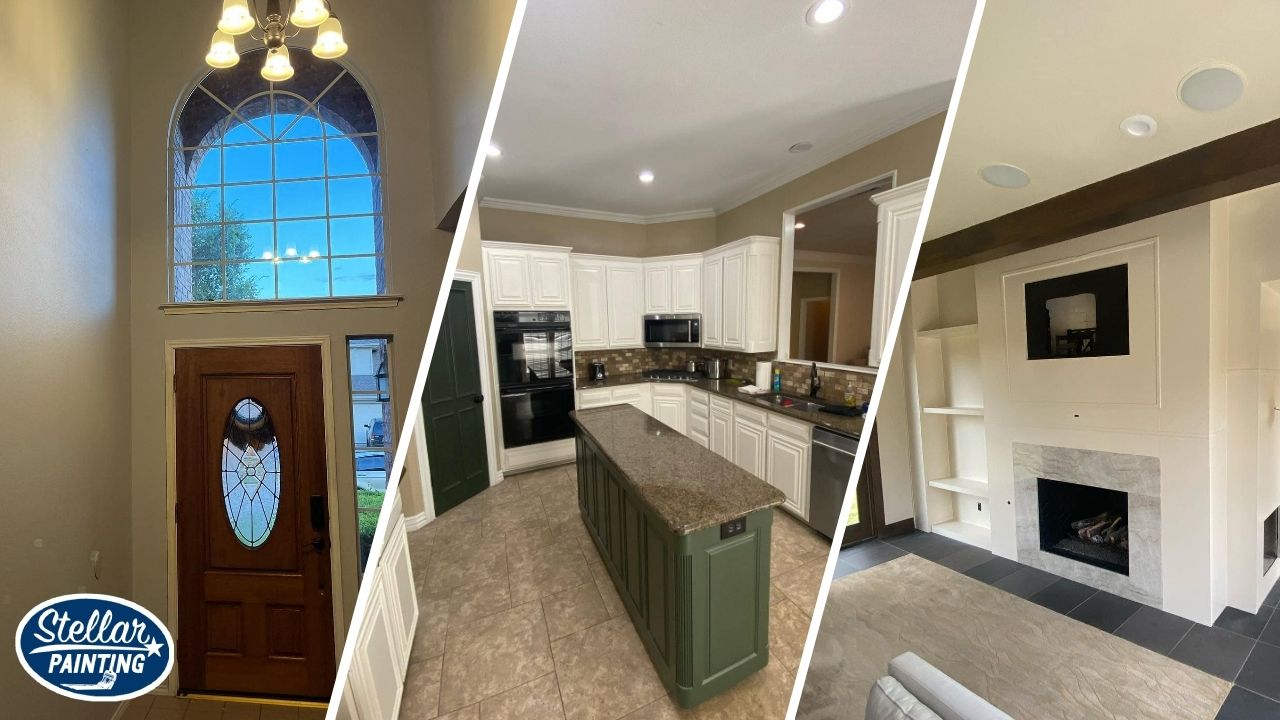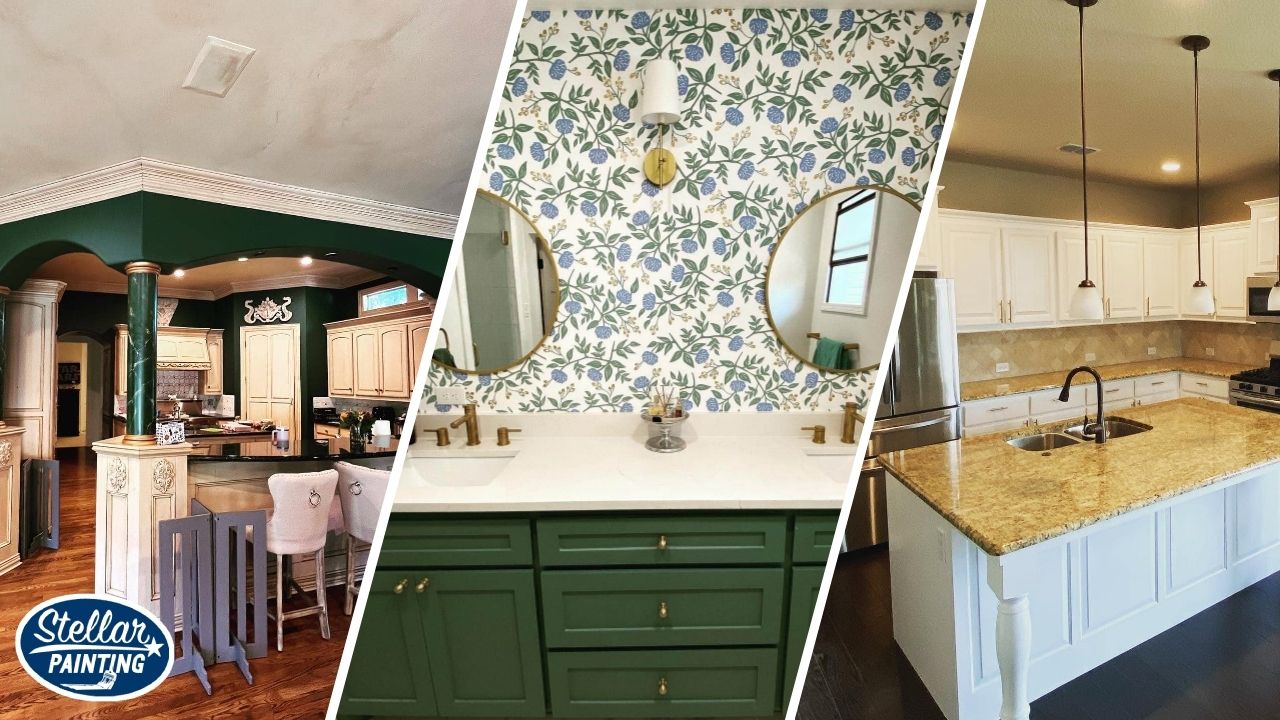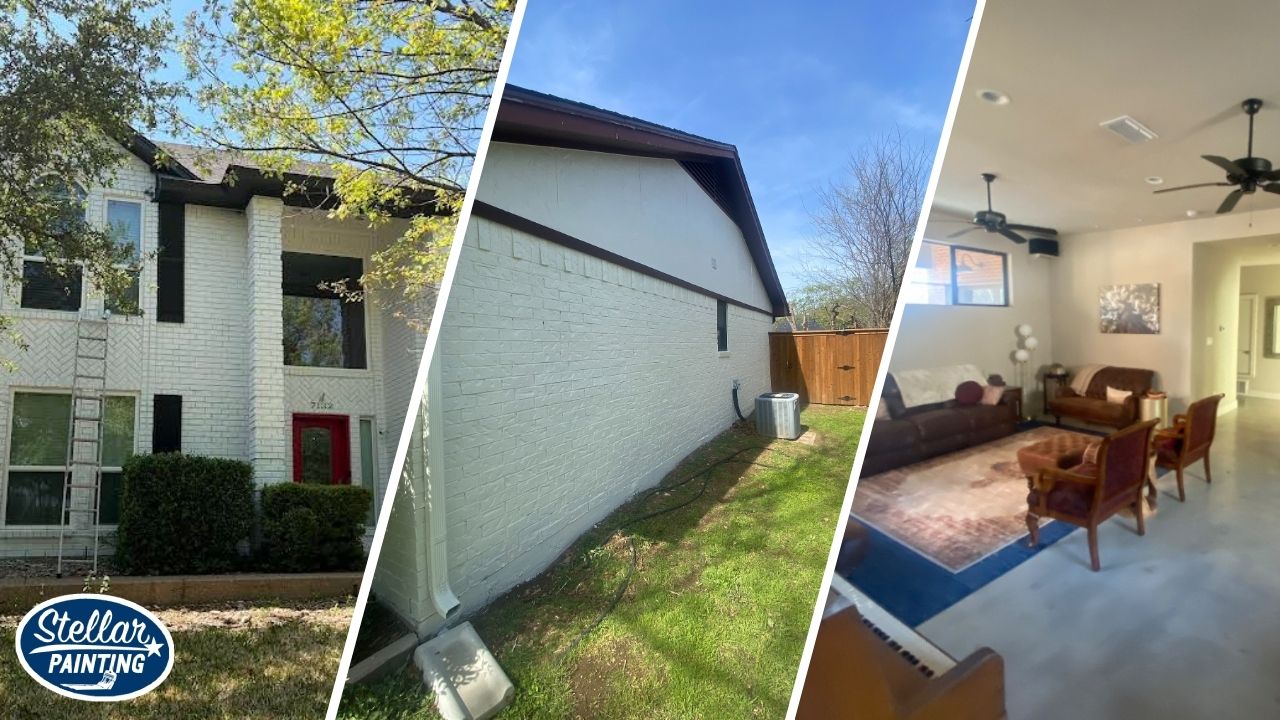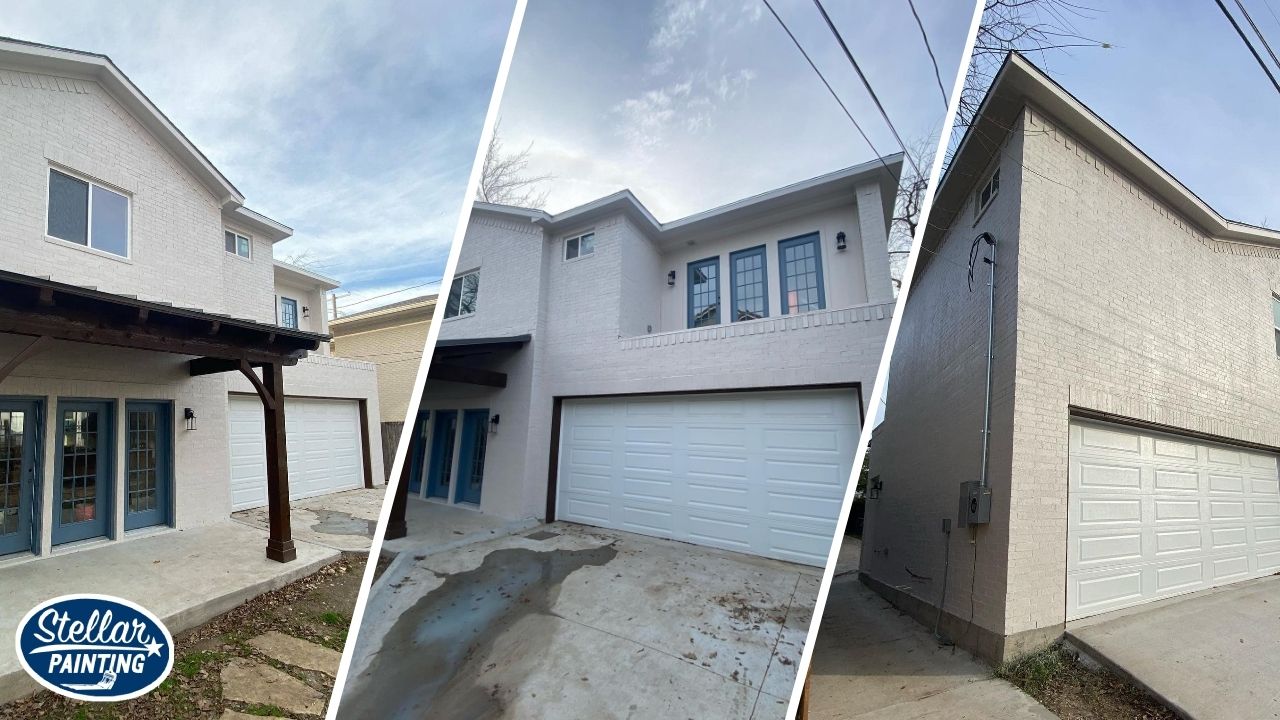Long-Lasting Exterior Painting for Alexandra Meadows Homes in Fort Worth
Top Exterior Painting Alexandra Meadows Fort Worth
Professional exterior painting in Alexandra Meadows enhances curb appeal, boosts property value, and defends against weather damage. In Alexandra Meadows, where Texas heat, humidity, and storms impact home exteriors year-round, the quality of paint and application techniques matters.
Homes in this Fort Worth neighborhood benefit from expert workmanship that considers regional climate conditions and local design expectations. Whether refreshing a faded façade or switching to a bold new color, a durable, well-executed paint job is key to long-term exterior protection.[/vc_column_text][/vc_column][/vc_row][vc_row][vc_column][vc_column_text css=””][/vc_column_text][/vc_column][/vc_row][vc_row][vc_column][vc_column_text css=””]
About Alexandra Meadows, Fort Worth, TX
Alexandra Meadows in Fort Worth is a welcoming community that offers the ideal mix of neighborhood charm and convenient city access. Outdoor enjoyment is centered around Marine Creek Lake, where locals walk, run, and fish. Tarrant County College – Northwest Campus sits minutes away, serving the area with academic programs and events. Everyday needs are easily met at Family Dollar Alexandra Meadows Fort Worth TX and Dollar General Alexandra Meadows. For fresh air and family time, residents make use of Alexandra Meadows Park and Greenfield Acres Park. The Saginaw Recreation Center enhances the area with workout classes, a gym, and kid-friendly activities.
The Wyatt at Presidio Junction Apartment Homes offer well-maintained living options within a short drive. Shopping is convenient at Western Center Market Place, and El Rancho Supermercado Alexandra Meadows offers authentic flavors and produce. Pioneer Stadium is the go-to for local sports and school events, bringing the community together throughout the year. Alexandra Meadows balances quiet living with vibrant surroundings.[/vc_column_text][/vc_column][/vc_row][vc_row][vc_column][vc_single_image image=”7984″ img_size=”1280×720″ add_caption=”yes” alignment=”center” css=””][vc_column_text css=””]
Best Paint for Exterior Painting
Choosing the right paint is essential for longevity and aesthetics. Acrylic latex is the most popular choice for exterior painting in Alexandra Meadows Fort Worth due to its flexibility, quick drying time, and resistance to UV rays and mildew. Elastomeric coatings are also effective, offering thicker coverage and waterproofing benefits ideal for stucco or masonry surfaces. For environmentally conscious homeowners, low-VOC or zero-VOC formulas minimize odor and chemical exposure without sacrificing performance. Paint with built-in UV resistance is especially valuable in Alexandra Meadows, where sunlight exposure can be intense.
High-quality brands with long-lasting warranties ensure that the finish holds up for years, even in challenging Texas weather. Color selection should account for HOA guidelines and exterior materials, but more importantly, the paint itself must be designed for heat, humidity, and sudden weather shifts common in the area.[/vc_column_text][/vc_column][/vc_row][vc_row][vc_column][vc_single_image image=”7986″ img_size=”1280×720″ add_caption=”yes” alignment=”center” css=””][vc_column_text css=””]
Fort Worth Climate and Exterior Paint
Fort Worth’s climate directly impacts the performance of any exterior paint. High summer temperatures, frequent UV exposure, and bursts of seasonal rainfall put exterior coatings to the test. In Alexandra Meadows, where homes often feature mixed materials like siding, brick, and stucco, paint must resist peeling, fading, and water intrusion. UV rays can cause fading and chalking if the wrong paint formula is used. Moisture buildup, especially on shaded or north-facing walls, can lead to mold or mildew if surfaces aren’t properly sealed.
Paint must be both breathable and protective to accommodate the expansion and contraction caused by temperature changes. Products designed for Southern climates typically contain additives that improve color retention and surface flexibility, which are essential for minimizing cracking and blistering. Durable finishes adapted to these environmental challenges are a necessity—not an upgrade—for homes in this region.[/vc_column_text][/vc_column][/vc_row][vc_row][vc_column][vc_single_image image=”7987″ img_size=”1280×720″ add_caption=”yes” alignment=”center” css=””][vc_column_text css=””]
When to Paint Your Home’s Exterior
Timing is critical for a successful exterior painting project in Fort Worth. Late spring and early fall offer the most stable temperatures and lower humidity, ideal for paint adhesion and curing. Summer can be risky due to extreme heat, which can cause paint to dry too quickly and lead to improper bonding. Painting during winter months introduces problems with cold overnight temperatures, which can delay curing and compromise durability. In Alexandra Meadows, the optimal window for painting is typically between March and May or September through early November.
Choosing the right season ensures that the paint dries evenly, forms a strong bond with the substrate, and delivers the finish and longevity promised by the manufacturer. Professional painters monitor weather forecasts closely to avoid rain, wind, or unseasonal cold snaps that could disrupt the painting process. Flexible scheduling and contingency planning are key to achieving long-lasting results.[/vc_column_text][vc_column_text css=””]
Prepping for Exterior Painting
Proper surface preparation is the foundation of every lasting exterior painting job. In Alexandra Meadows, homes may have old flaking paint, mildew, dirt, or exposed caulk that must be addressed before any color is applied. The prep process typically begins with power washing to remove contaminants, followed by scraping loose paint and sanding rough areas for a smooth surface. Caulking gaps in siding or trim prevents moisture intrusion and improves the uniformity of the finish. For previously unpainted surfaces, applying a high-quality primer ensures that the topcoat adheres correctly and maintains color over time.
Even well-maintained exteriors require careful inspection of fascia boards, shutters, and soffits for hidden damage or deterioration. Skipping or rushing through prep work leads to premature paint failure, costing homeowners more in the long run. A meticulous prep phase extends the lifespan of exterior painting and elevates the visual outcome significantly.[/vc_column_text][vc_column_text css=””]
Exterior Paint Problems in Fort Worth
Homes in Fort Worth, including those in Alexandra Meadows, commonly experience paint issues caused by climate stress and poor initial application. Peeling is often the result of painting over unclean surfaces or inadequate surface prep. Blistering may develop when painting is done under direct sunlight or over damp surfaces. Cracking can occur due to expansion and contraction of siding, especially if the paint lacks sufficient elasticity. Fading is another major concern, particularly on darker colors exposed to strong UV rays. Mold and mildew stains are more frequent in shaded or north-facing walls where moisture lingers longer.
These problems not only affect curb appeal but also lead to material degradation if not addressed promptly. Preventing these issues requires selecting the right paint, applying it under appropriate conditions, and adhering to a disciplined prep and application process. Using experienced professionals reduces the likelihood of these failures and ensures the finish performs as expected.[/vc_column_text][vc_column_text css=””]
Maintaining Exterior Paint
Routine maintenance extends the life of exterior paint and preserves curb appeal. Homeowners in Alexandra Meadows should inspect their exteriors annually, especially after harsh seasons. Cleaning the surface with a garden hose or low-pressure washer removes pollen, dirt, and pollutants that can deteriorate paint. Touching up small chips or scuffs early prevents peeling and water infiltration. Trim and caulk lines should be checked for cracks or separation, as these can allow moisture to penetrate behind siding or into joints. In areas prone to mildew, such as shaded sections or near vegetation, applying a mild cleaner with a brush can remove organic buildup.
Maintaining landscaping to prevent vines or shrubs from rubbing against painted surfaces also reduces wear. By following a maintenance routine tailored to Fort Worth’s climate, homeowners can delay the need for a full repaint and keep their home looking sharp year after year.[/vc_column_text][vc_column_text css=””]
Exterior Painting Alexandra Meadows Fort Worth TX[/vc_column_text][vc_column_text css=””]
Get an Exterior Painting Estimate
Enhancing your home’s exterior with a fresh coat of paint starts with a detailed, professional estimate. Stellar Painting (http://stellarpaintingdfw.com) provides customized exterior painting solutions that combine high-performance products, expert craftsmanship, and a commitment to surface preparation that ensures long-term durability. Whether your home needs a color refresh, surface repair, or complete transformation, a no-obligation consultation is the first step toward a better-protected and more beautiful exterior. Request your free estimate at (682) 977-2468 today.[/vc_column_text][vc_column_text css=””]
FAQs About Alexandra Meadows Exterior Painting
1. How often should exterior painting be done in Alexandra Meadows?
Most homes in this neighborhood need exterior painting every 5 to 10 years, depending on material type and exposure to sun and moisture.
2. What does exterior painting cost in Fort Worth?
Costs vary by home size, surface condition, and product selection, but most projects fall within $3,000–$7,000. Free estimates provide accurate pricing.
3. Does the HOA affect exterior painting choices in Alexandra Meadows?
Yes. Most homes must follow HOA guidelines that restrict color palettes and finish types. Always check requirements before selecting a paint color.
4. How long does a typical exterior painting project take?
Most projects take 3 to 5 days, including prep, repairs, and final coats. Weather and home size may extend the timeline slightly.
5. Can exterior painting protect my home’s structure?
Yes. Quality paint serves as a moisture and UV barrier, helping to prevent wood rot, siding deterioration, and pest intrusion. It’s both cosmetic and functional.[/vc_column_text][/vc_column][/vc_row]
